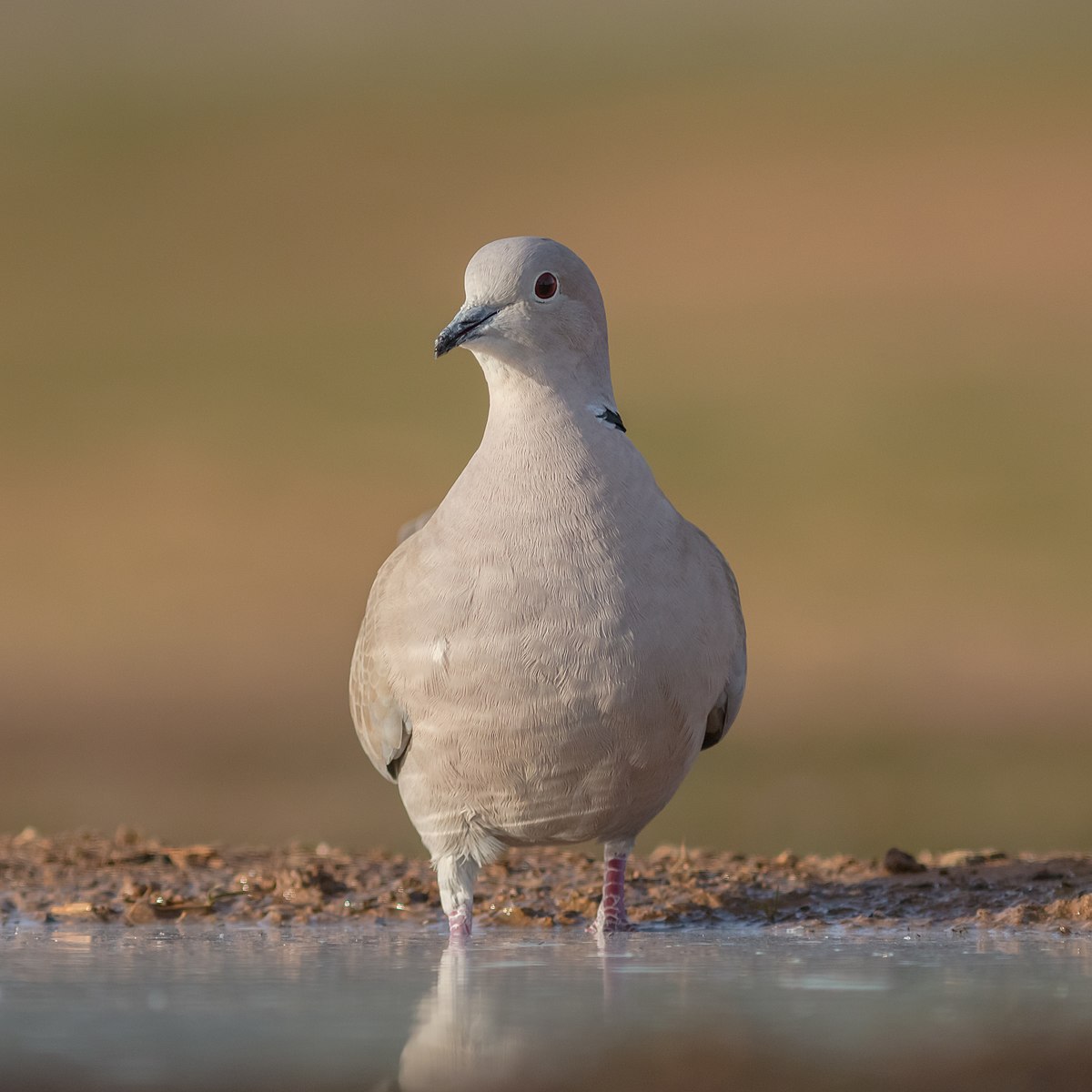Indeependent
Diamond Member
- Nov 19, 2013
- 73,633
- 28,500
- 2,250
Your ad hominems mean that you are admitting the only reason you voted for Biden was the letter D.Okay, you don`t have access to Google. Not your fault.
Follow along with the video below to see how to install our site as a web app on your home screen.

Note: This feature currently requires accessing the site using the built-in Safari browser.
Your ad hominems mean that you are admitting the only reason you voted for Biden was the letter D.Okay, you don`t have access to Google. Not your fault.
it ain't true.Say it ain't true.


